|
It’s hard to describe the grandeur and beauty of Colorado’s Rocky Mountain National Park. Snow-capped mountain peaks, meadows, tundra, wildlife, and beautiful alpine lakes can be found within the over 265,000 acres that make up the park. Once you arrive, you will understand why this park typically ranks in the top five national parks for visitation, with well over 4 million visitors a year. We recently spent a few days enjoying the park as part of a Colorado family vacation. This gave us time to hike to beautiful alpine lakes, drive parts of Trail Ridge Road, and search for wildlife. You can see our three-day Rocky Mountain National Park Itinerary below to get a better sense of how we planned our days in the park.
*Updated January 2025
This post contains affiliate links; if you purchase something familyTravelsUSA may receive a small commission. As always, opinions are my own. General Information
Driving from Denver to Rocky Mountain Park (east side entrance) takes just over 90 minutes, depending on traffic. If you are looking for places to stay near Rocky Mountain National Park, you can’t beat the convenience of Estes Park. We spent four nights at the Rams Horn Village Resort, just minutes from the Beaver Falls entrance with easy access to the Bear Lake Corridor. The location of our cabin also made it convenient to enjoy fun activities in Estes Park. You can start the search for Estes Park vacation rentals here. There are also a handful of campgrounds inside Rocky Mountain National Park, with most requiring advanced reservations. Grand Lake offers other options for lodging on the west side of the park.
Note that the Fall River Entrance is under construction for early summer 2023, with only a single lane each way to enter and exit. We entered the park via the Beaver Falls entrance before 8 a.m. with only minor delays, even during July. There was quite a backup later in the day, so get an early start. If you are staying in the Grand Lakes area, enter the park via the Grand Lake Entrance Station. Access the Kawuneeche Visitor Center on the west side of the park. Be aware and prepare for the high elevation and changing weather when visiting Rocky Mountain National Park. Many of the hiking trails start at over 8,000 feet. Check out the National Park Service safety tips for more information. If you can, spend a few days in Denver to get acclimated. Take a local hike, explore a nearby state park, or enjoy a walking tour of the colorful street art around town. You’ll want to make sure you are well hydrated long before your trip even starts.
|

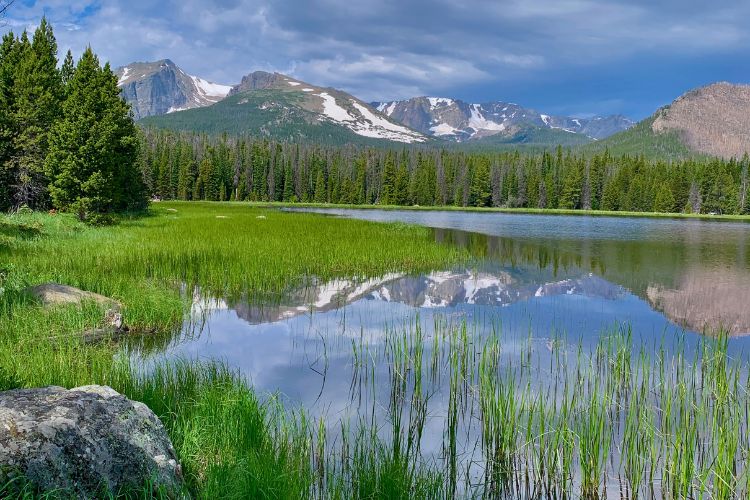
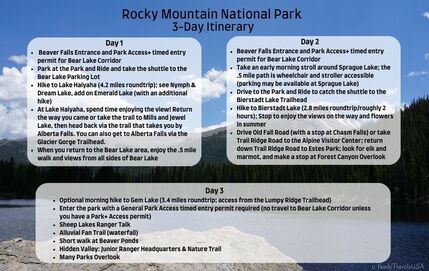

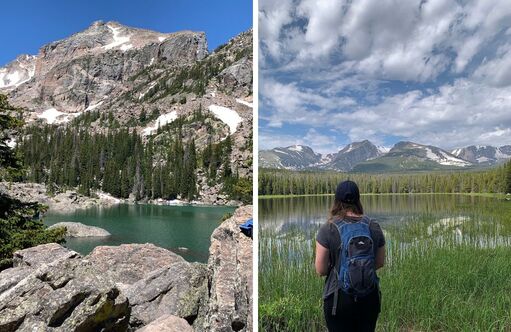

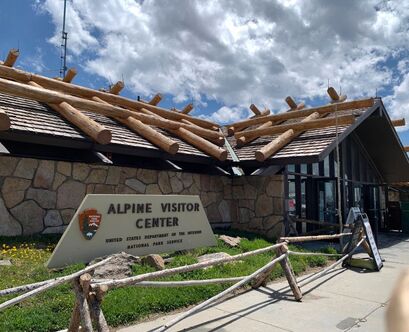
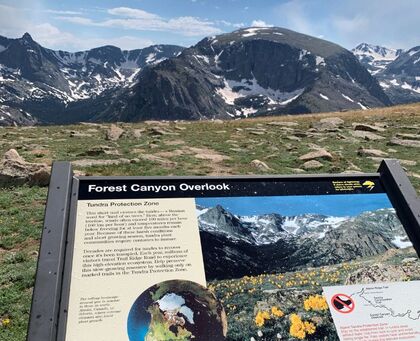
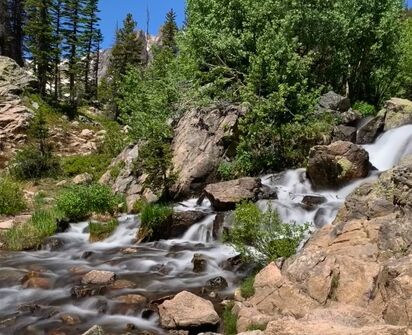
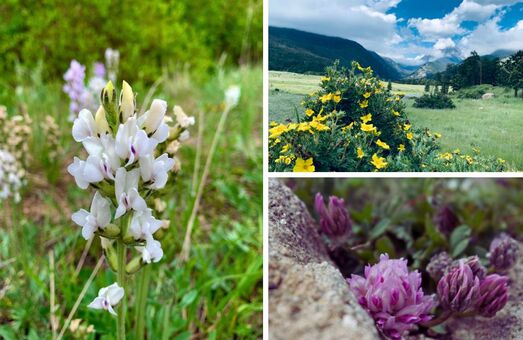
 RSS Feed
RSS Feed
